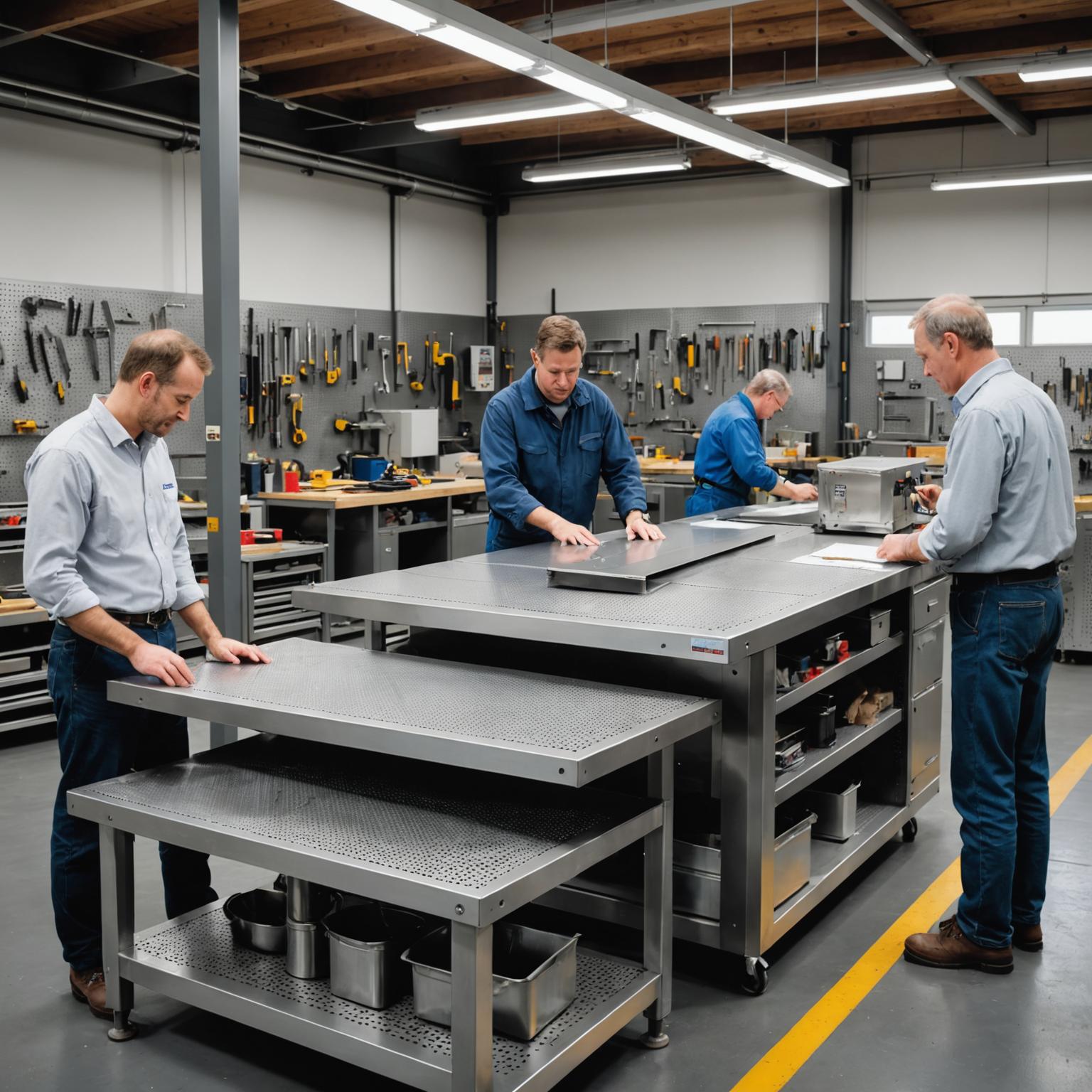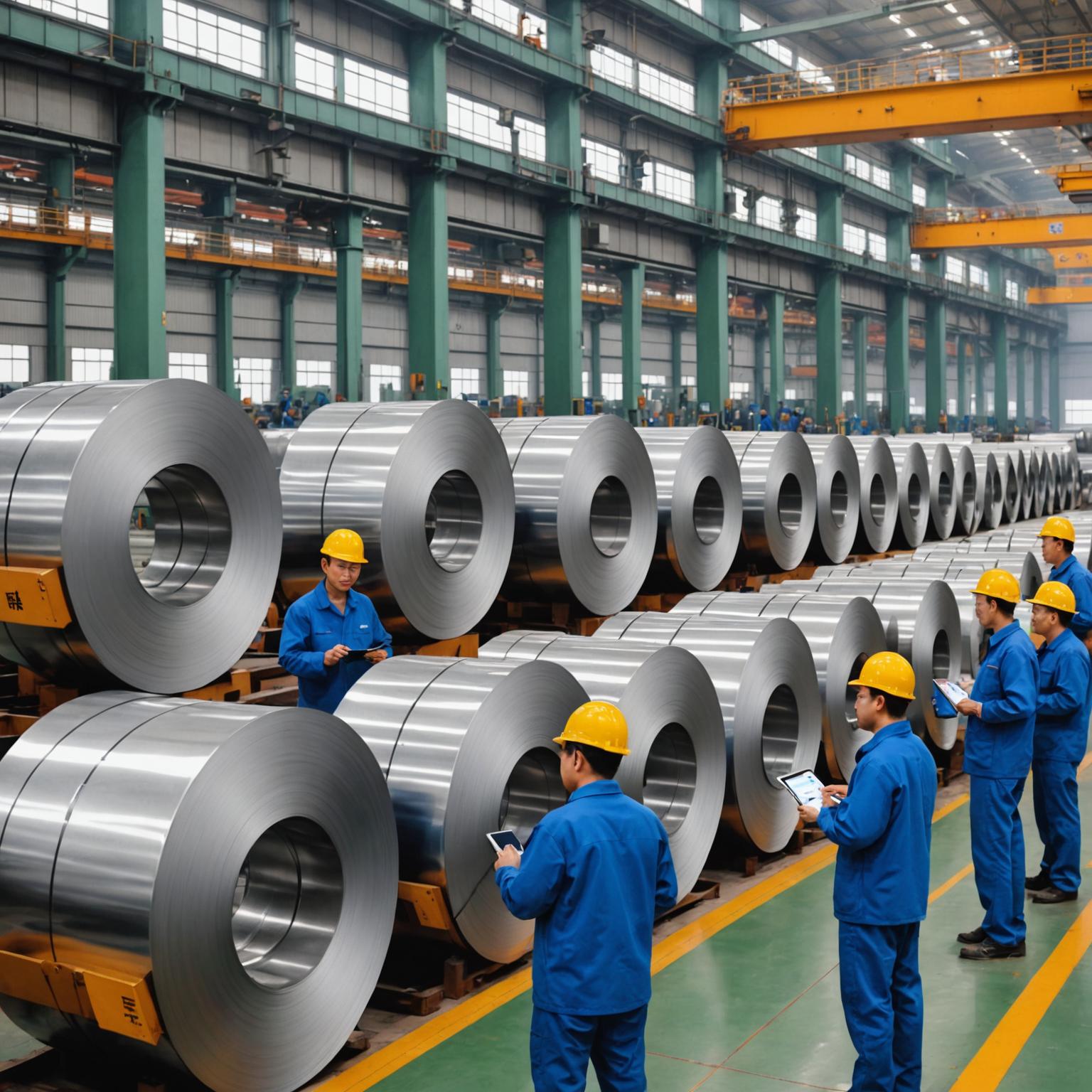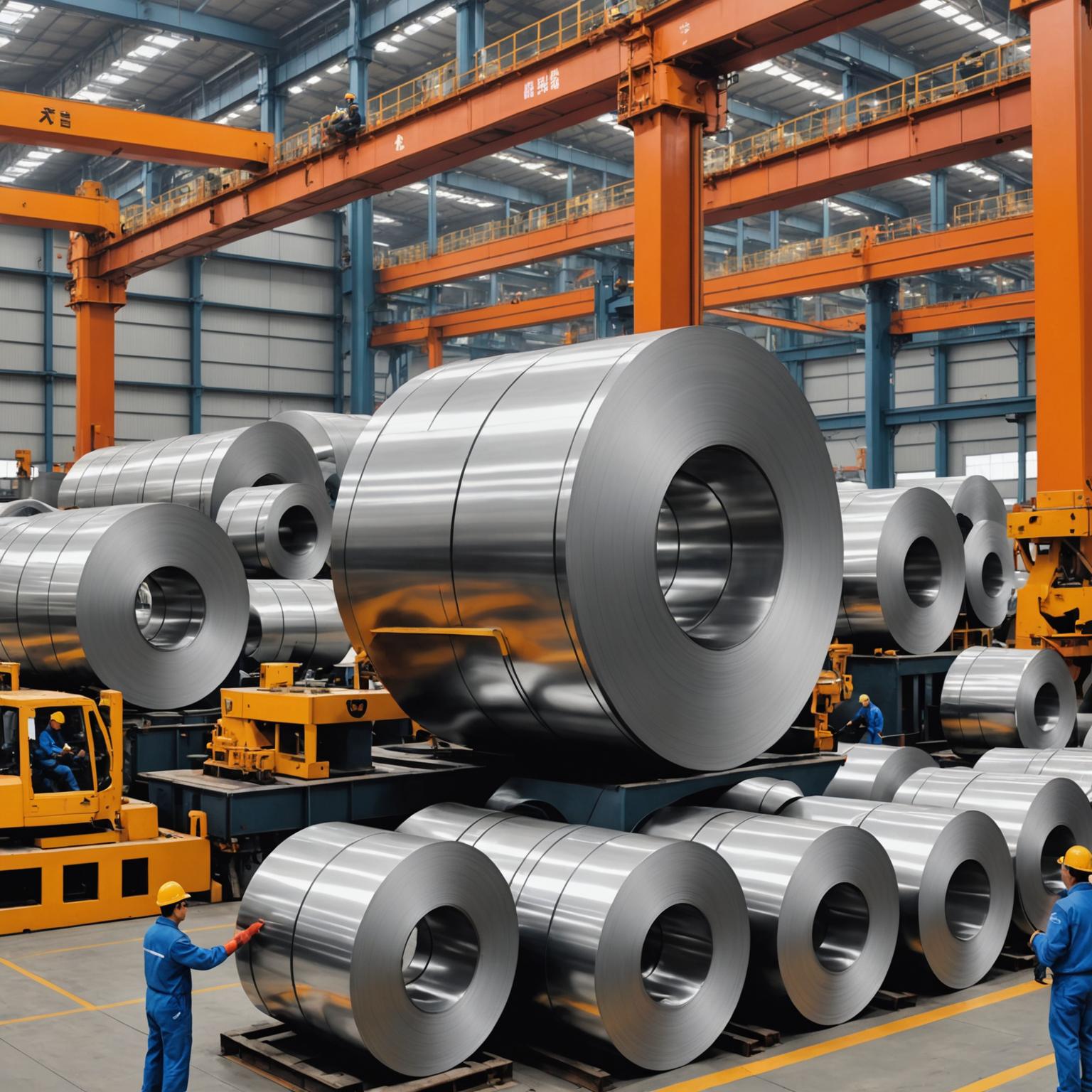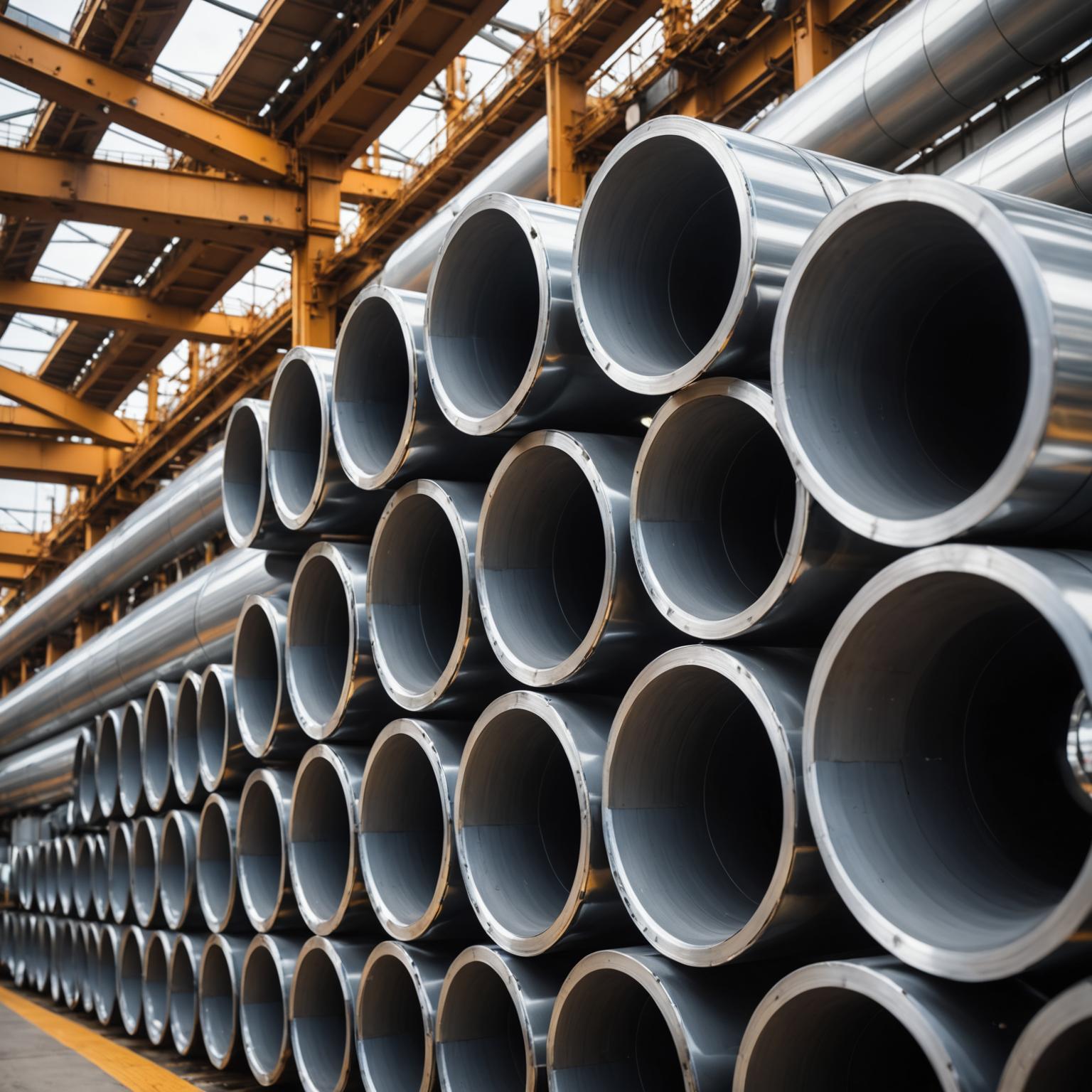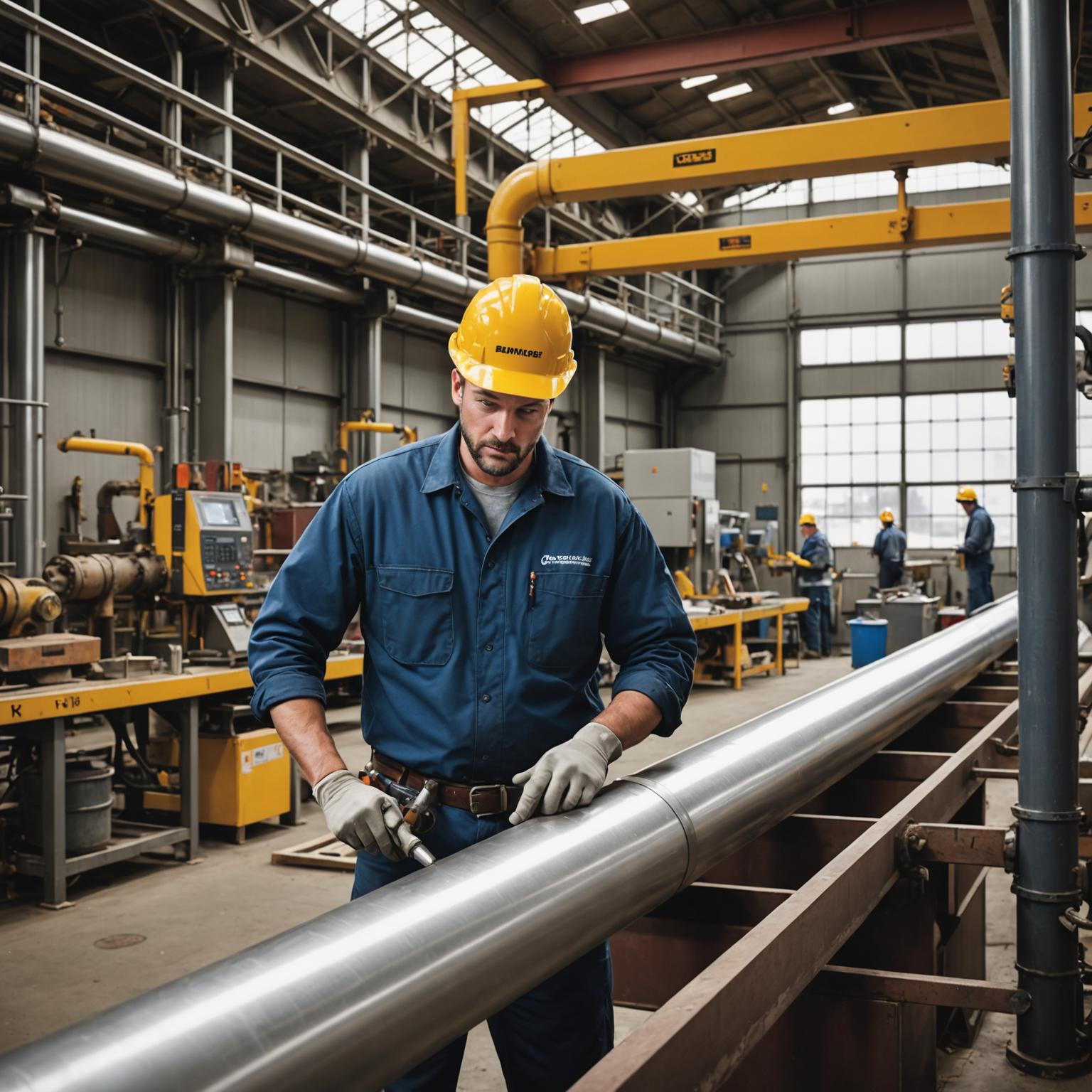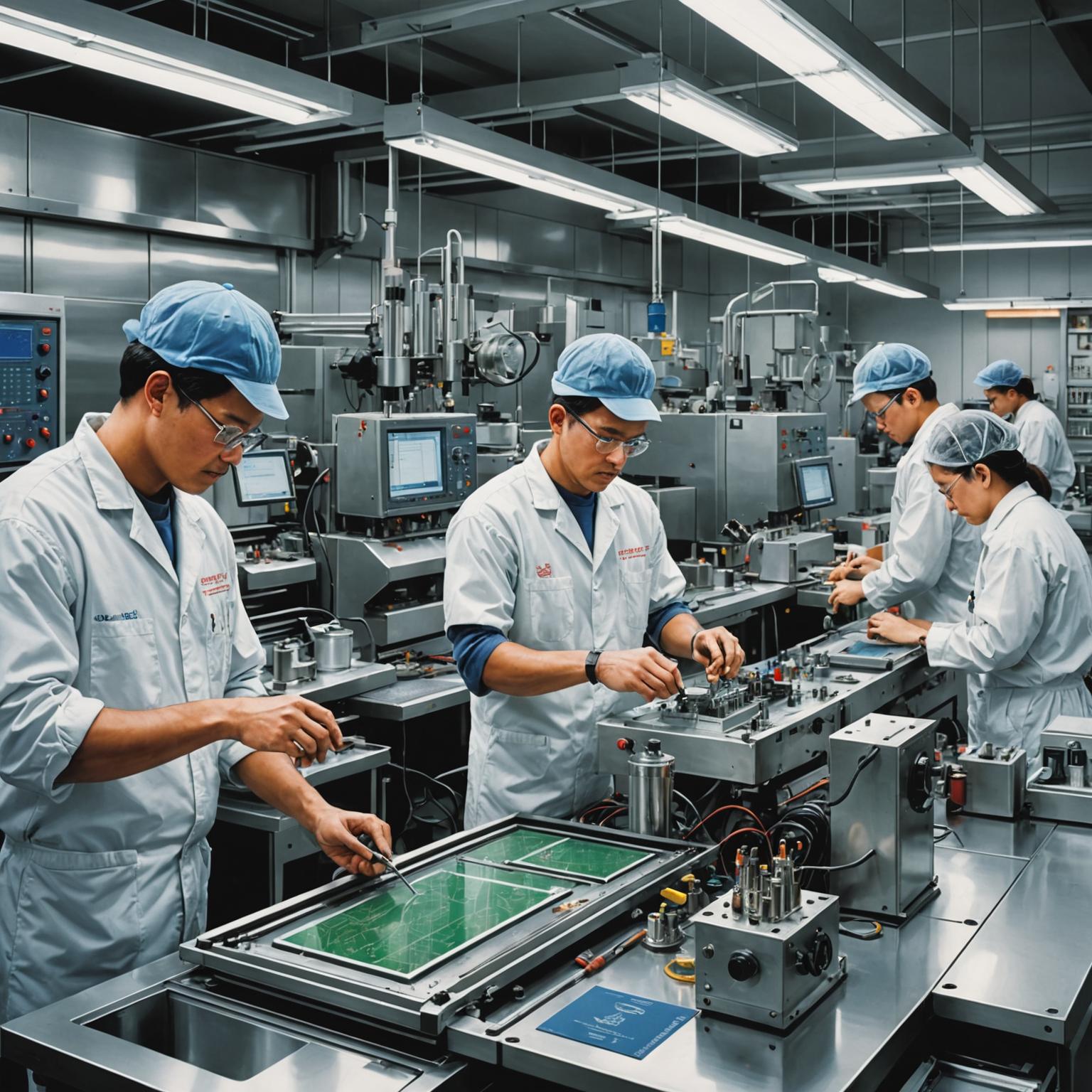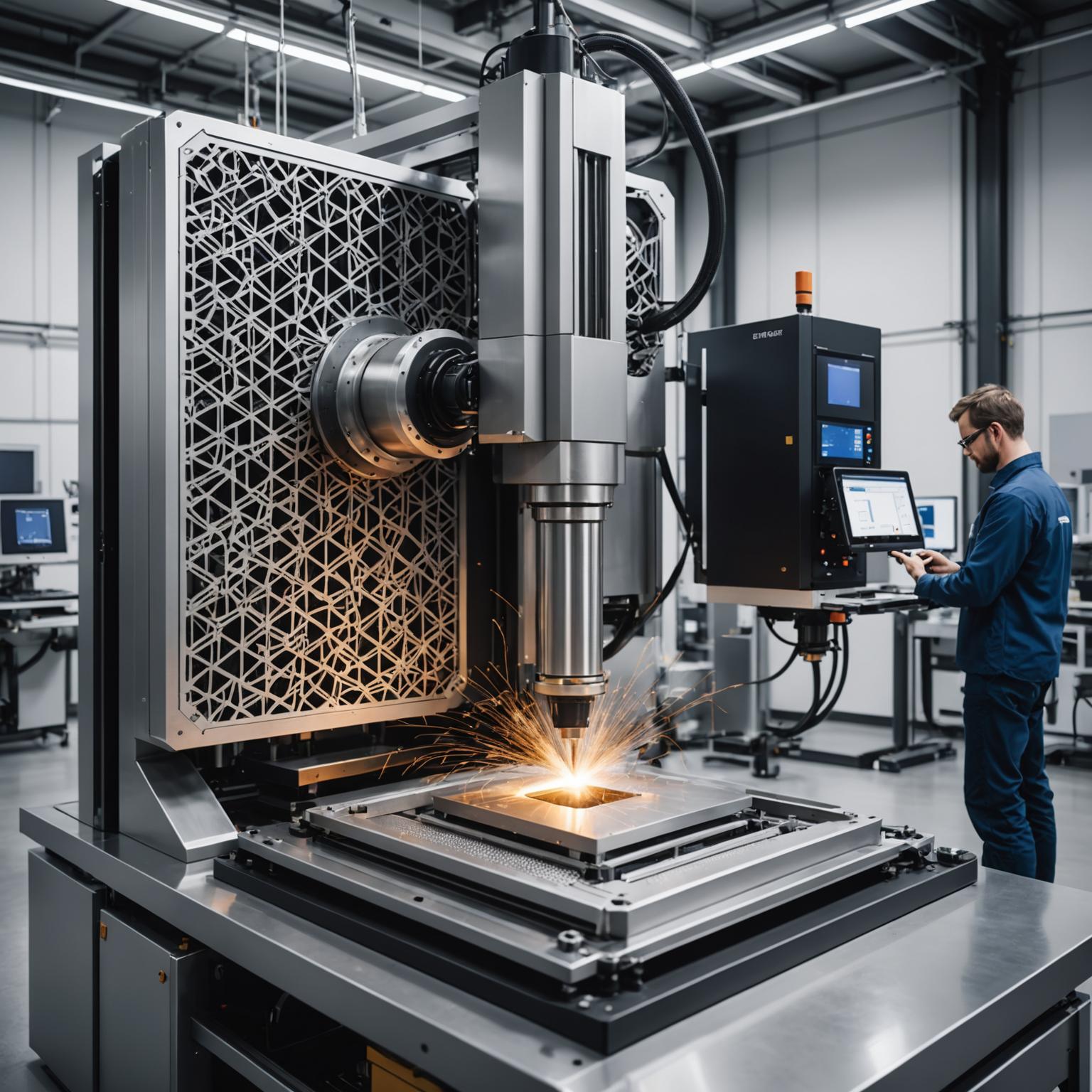
1. Overview of 3D printing technology of stainless steel
Stainless steel 3D printing (additive manufacturing) is mainly usedSLM (Selective Laser Melting)andDMLS (Direct Metal Laser Sintering)Technology, fabricate complex metal structures by stacking powder materials layer by layer. Compared with traditional processing methods, 3D printed stainless steel hasHigh freedom of design, lightweight, and reduce material wasteand other advantages.
2. The current situation of stainless steel 3D printing (2024)
(1) Mainstream materials and applications
-
316L stainless steel: Strong corrosion resistance, suitable for medical implants and marine equipment.
-
17-4PH stainless steel: High strength, used in aerospace and automotive parts.
-
304 stainless steel: Strong versatility, suitable for food industry and architectural decoration.
(2) Industry application cases
-
Medical field: Customized orthopedic implants and surgical instruments.
-
Aerospace: Lightweight fuel nozzles, engine components.
-
Automobile manufacturing: High-performance exhaust system, complex structural parts.
3. The core challenge of stainless steel 3D printing
(1) Material cost and supply
-
High-purity metal powders are expensive, affecting the economicality of large-scale production.
(2) Process optimization problem
-
Residual stress is easily generated during printing, resulting in deformation or cracks.
-
Post-treatment (such as heat treatment, surface polishing) increases time and cost.
(3) Industry standards and certification
-
The medical and aerospace fields must comply with strict certification (such as ISO 13485, AS9100).
4. Future development trends
-
Hybrid manufacturing technology: Combining 3D printing and traditional CNC processing to improve efficiency.
-
AI-optimized printing parameters: Machine learning reduces trial and error costs and improves yield.
-
Sustainable development: Recycling metal powder to reduce material waste.
5. Conclusion
Stainless steel 3D printing technology is developing rapidly, but challenges such as cost, process and standardization need to be overcome. With the advancement of technology, this technology is expected to play a greater role in the field of high-end manufacturing and promote industry innovation.



